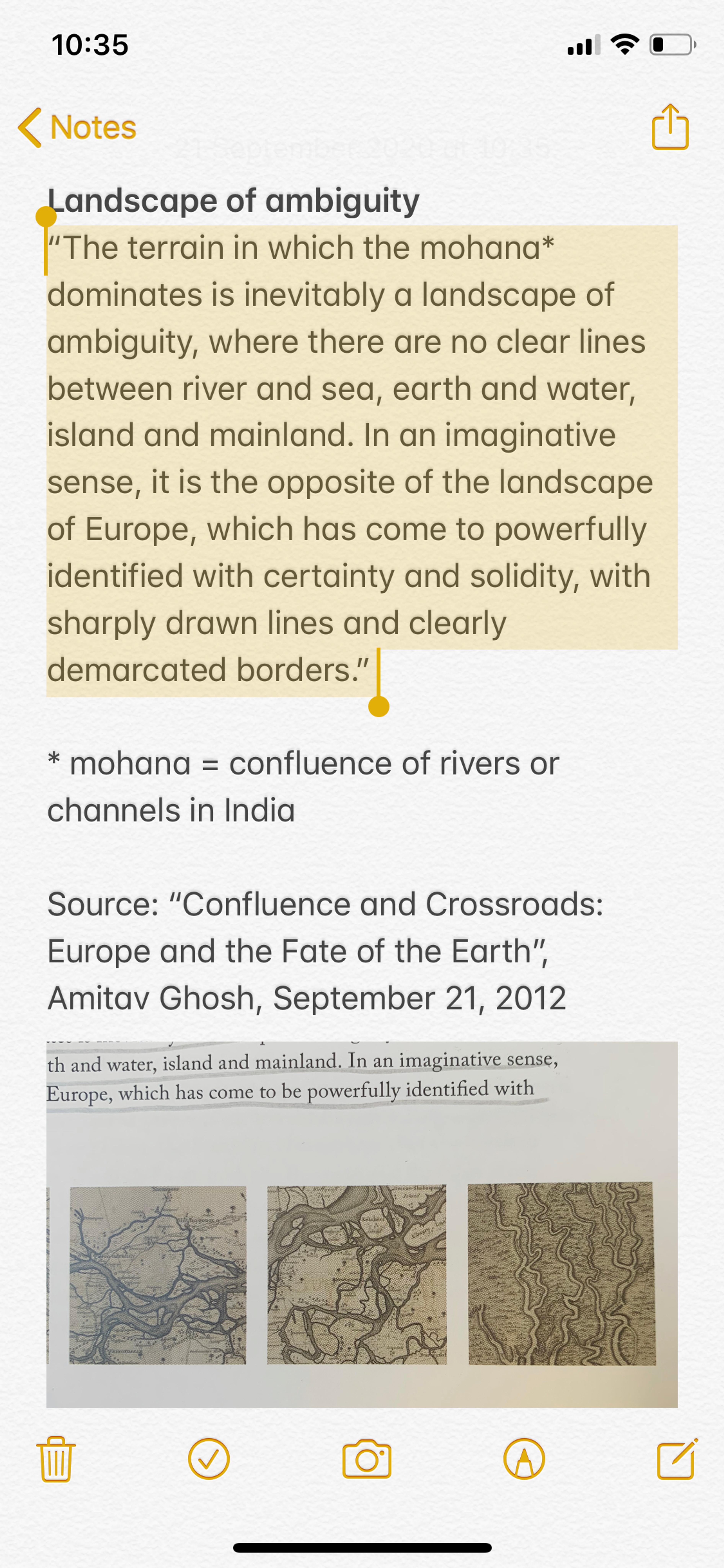Landscape of Ambiguity
In his 2012 essay ‘Confluence and Crossroads: Europe and the Fate of the Earth’, Indian writer Amitav Ghosh provides an eco-critical comparison between India and Europe. While he describes the Ganges Delta as a “landscape of ambiguity, where there are no clear lines between river and sea, earth and water, island and mainland.” he juxtaposes it with the landscape of Europe, which “has come to be powerfully identified with certainty and solidity, with sharply drawn lines and clearly demarcated borders.”
He continues by saying that “the irony however, is that Europe’s neatly-mapped terrain terminates in one of geography’s great mysteries, a matter that has perplexed schoolchildren for centuries: where exactly does the continent's eastern boundary lie? Where is the line that separates Europe from Asia? It would seem that the location of this border is largely a matter of opinion - for Europe is is not of course, a continent at all, in the geographical sense, but rather an idea, of shifting shape. Nonetheless, in the imagination of the world ‘Europe’ is still a landmass in the first instance – that is to say as a terra continens, or ‘continuous land’, as defined by the geographers of the 16th century.”
Read the full essay here.
We found this quote by Amitav Ghosh's in Dilip da Cunha's book 'The Invention of Rivers: Alexander's Eye and Ganga's Descent' (2019).

Ganges River Delta (Source: NASA)
